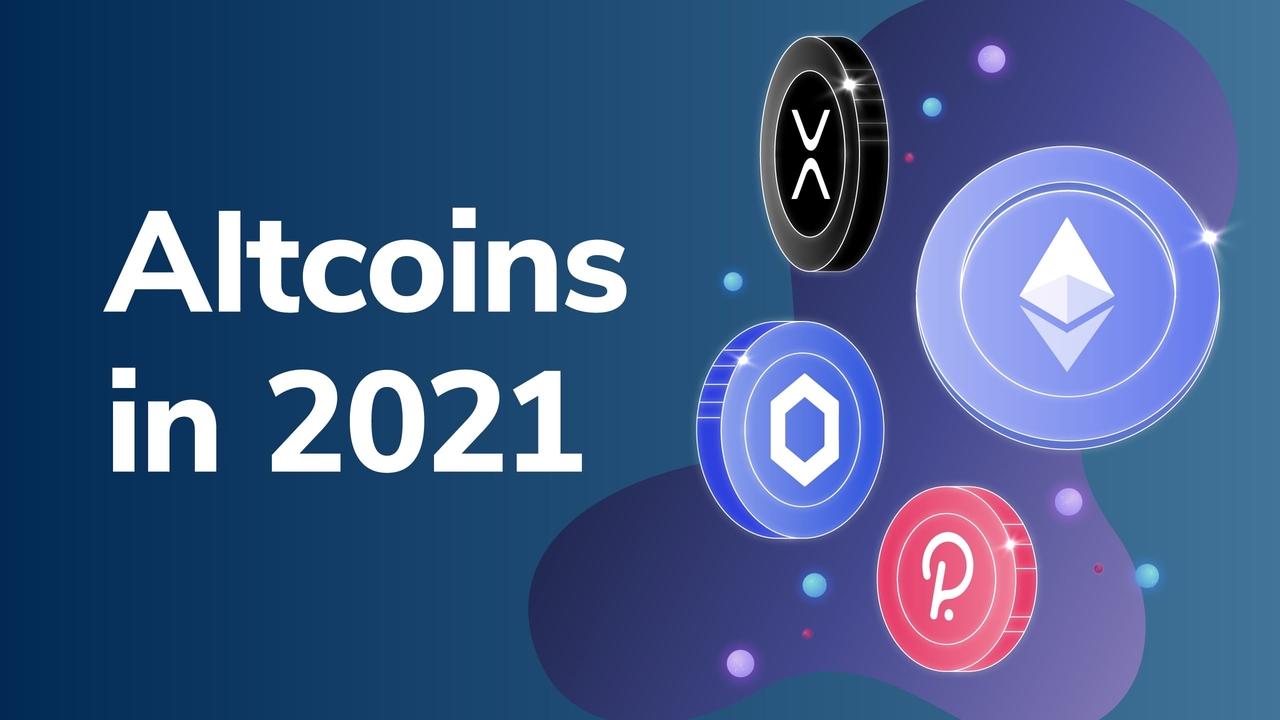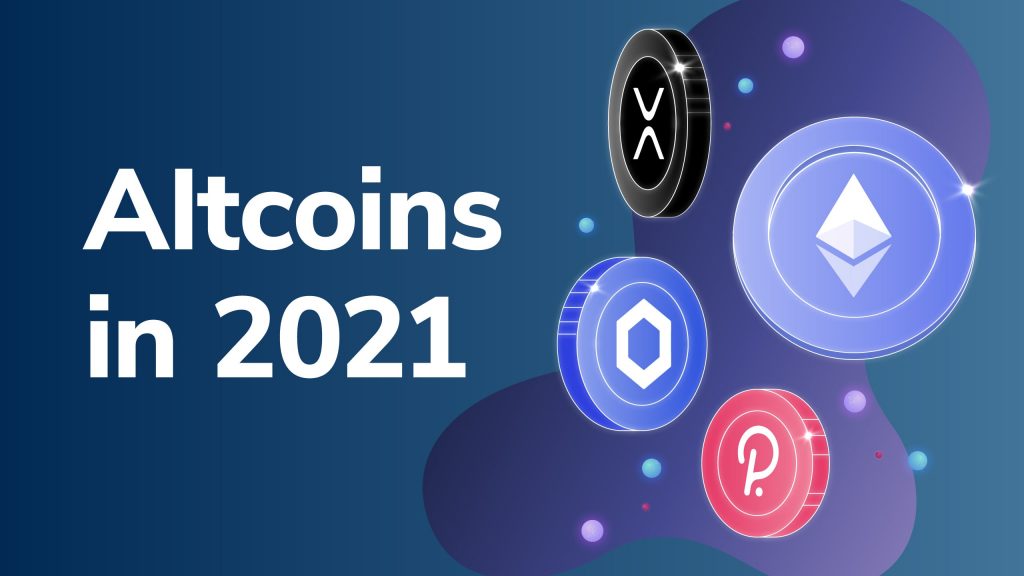
Most would agree 2020 was a highly eventful year. Although it was a turbulent year, one gleaming light of 2020, among other dark events, was the astounding performance of the crypto market seen in late 2020. Since the beginning of April last year, the overall cryptocurrency market cap has been growing at an astounding rate. The clearest example of this is the 2020 Bitcoin bull run, as the price of Bitcoin has increased by about 650% in just under a year. This growth has continued during 2021 and is growing by the minute. However, this is not the only coin that has increased astronomically in value; some altcoins in 2021 have seen the same growth level. In fact, some believe altcoins 2021 could be a, if not the, major growth driver in the cryptocurrency market.
Along with Bitcoin, altcoins such as Ethereum are reaching numbers close to the previous Etherum all-time high that we saw nearly three years ago. Furthermore, not only is Etherum growing, but the wider altcoin market as well. This trend has continued in the new year, meaning that altcoins in 2021 are hotter than ever before. This article takes a closer look at why you should care about altcoins in 2021.
However, before you dive head-first into the altcoin market, you should make sure to learn more about crypto fundamentals. The go-to platform for any type of blockchain or cryptocurrency education is Ivan on Tech Academy, which offers dozens of in-depth courses on all things crypto. Be sure to enroll in Ivan on Tech Academy to get access to some of the most comprehensive crypto education material available anywhere. Kickstart your crypto career with Ivan on Tech Academy today!
What are Altcoins?
To understand the potential for altcoins in 2021, we must first understand what altcoins are. Bitcoin has been the dominant cryptocurrency since the inception of the industry and crypto is, therefore, often associated with this premier crypto. Nevertheless, Bitcoin’s dominant position somewhat overshadows the other alternatives in the crypto market – alternatives that also hold massive potential, and can subsequently potentially yield significant returns for investors.
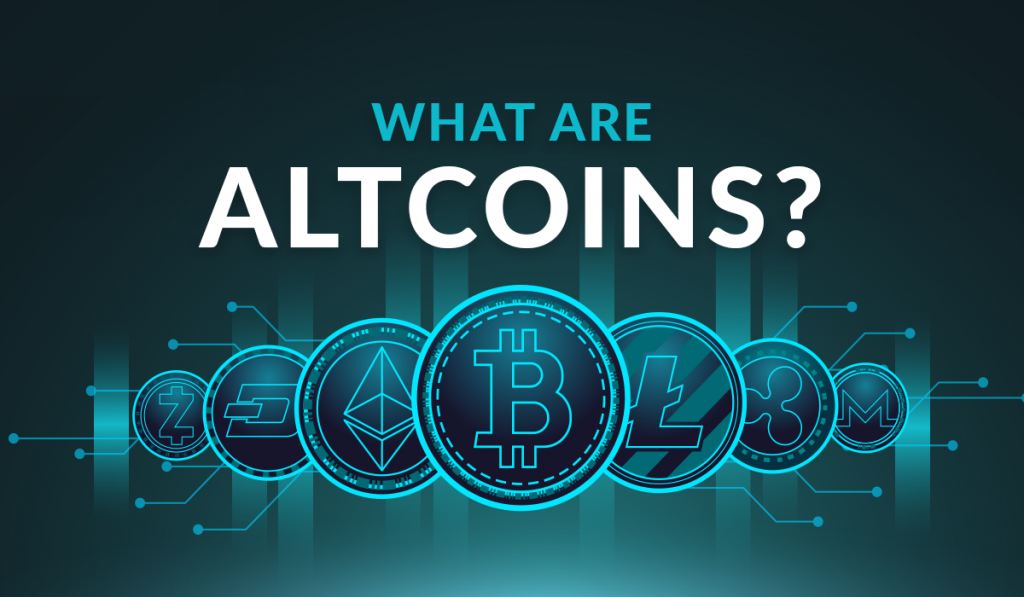
The clue to what altcoins are is in the name itself. The term “altcoins” is a composition of the word “alt” (from alternative) and “coins”. As the name suggests, altcoins are therefore alternative coins. So, what are these coins an alternative for? Due to the explanation regarding the dominance of the largest currency in the paragraph above, you might have guessed it; these coins are an alternative for Bitcoin.
Ultimately, the general consensus is that all coins that are not Bitcoin are altcoins; it is as simple as that. This means that there are several thousands of altcoins on the market, and it is hard to keep track of them all. So, to make life easier for our readers, we will go through some of the largest altcoins 2021 in this article.
Different Types of Altcoins 2021
Now that we have established that there are several thousand different altcoins to choose from on the market, the next step is to go through different types of altcoins. As of now, the term altcoins refer to several different types of coins such as mining-based cryptocurrencies, security tokens, and stablecoins.
All of these different types have functions that differ from the other coins. However, there are certain movements that aim to separate these subcategories from altcoins, meaning that altcoins may only refer to mining-based coins in the future. To make things clear, we are going to go through all of the different types of altcoins:
Stablecoins
One certain category of altcoins is those coins commonly known as stablecoins. Stablecoins aim to decrease the volatility that other currencies such as Bitcoin can sometimes experience.
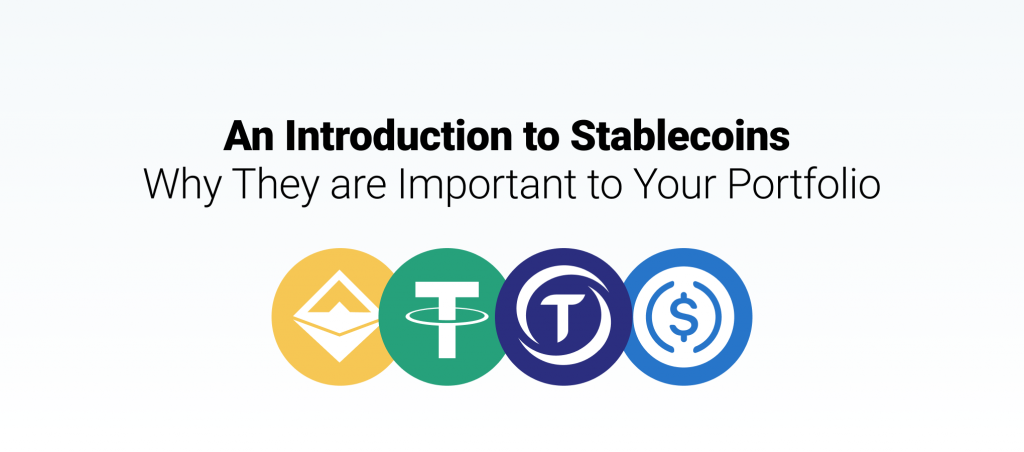
These coins can achieve a more stable price point than traditional cryptocurrencies by pegging the coins’ price to another relatively stable asset, such as a fiat currency or another asset class like gold or oil. The most popular choice among stablecoins is to tie their value to the USD.
Mining-based Altcoins
Mining-based altcoins are, just lite Bitcoin, generated through a mining process that involves solving complex problems. By solving such problems, a miner gets the opportunity to validate a block and receives a reward for this process. Since these altcoins use the same mechanisms that Bitcoin utilizes, they are also the most similar to Bitcoin.
Security Tokens
Security tokens somewhat resemble traditional stocks in that they are tied to a company. In most cases, these coins also reward the holders with some form of dividends.

Security tokens are often emitted through a so-called STO, or Security Token Offering. An STO is comparable to an ICO or traditional IPO, or “initial public offering” on the stock market. Nevertheless, STOs tend to adhere to regulatory requirements.
Utility Tokens
Utility tokens are often connected to some form of underlying utility, or service. An example of this could be that a coin holder has the right to file storage space. These coins are usually sold during ICOs, and an example of a coin of this nature is that of Filecoin.
The Biggest Altcoins 2021
Ethereum
The second-largest cryptocurrency after Bitcoin, and therefore the largest altcoin, is Ethereum. Ethereum has had a great year in 2020, and has seen even greater growth than Bitcoin in terms of percentage.
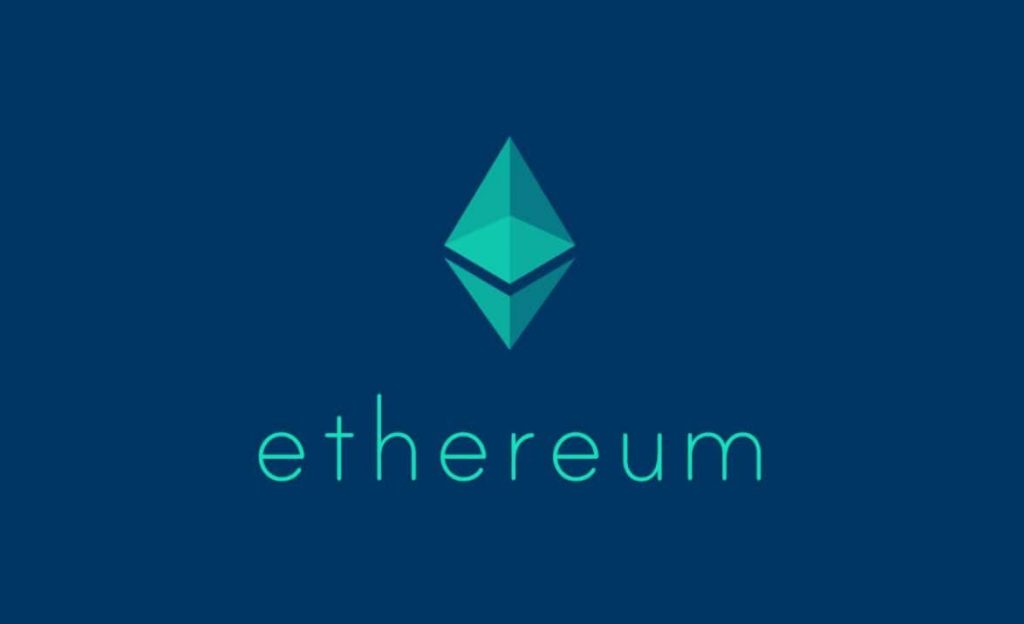
From April last year until now, Ethereum has increased in value by almost 1000%, beating even Bitcoin’s explosive growth. However, it is important to know that one Bitcoin’s overall market capitalization is far greater than that of Ethereum’s Ether, meaning that in terms of total monetary value, Bitcoin still out-shines Ethereum. However, the value of Ethereum 2021 almost reached an Ethereum all-time high in early 2018, when it had a value of $1,448. The value of Ethereum 2021 is $1,260, which is slightly less than the price point previously reached in 2018.
One of the reasons that Ethereum has seen such tremendous growth in 2020 might be because of the increased interest in decentralized finance (DeFi). The DeFi market is constantly growing, and these platforms require smart contracts to function. It so happens that the largest smart contract platform on the market is the Ethereum network. The Ethereum blockchain allows for the development of smart contracts and is one of the chains with the most functionality. Smart contracts are basically contracts that are self-executing through code usage and are a vital part for the development of DeFi.
Ethereum 2.0
Along with being the major platform for smart contract development, Ethereum also launched Ethereum 2.0 in 2020. Ethereum 2.0 is an upcoming version of the Ethereum network that was partly created to cope with the increased deployment of smart contracts on the blockchain. The increase in usage of the Ethereum Network created problems with a congested network, which hinders further development on the platform. However, Ethereum 2.0 aims to solve these problems by moving from a proof-of-work (POW) to a proof-of-stake (POS) system along with some efficiency and security upgrades.
Ripple (XRP)
Another interesting altcoin is Ripple’s XRP. XRP is a digital asset primarily used as a method of payment. The XRP coin is used by Ripple in offering an open-source and decentralized blockchain. One difference between XRP and Bitcoin is that it is not possible to mine XRP. In the early days of the cryptocurrency, Ripple issued XRP coins and sold them on an open market. 100 billion XRP were emitted, and just below half of that is currently in circulation. In recent weeks and months, however, XRP has been rocked by a brewing legal battle. Ripple’s price has consequently taken a toll following the SEC’s Ripple (XRP) lawsuit.
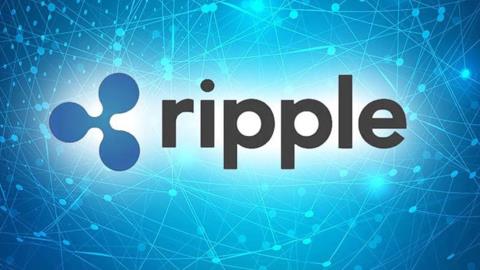
An additional difference between XRP and Bitcoin is that XRP does not validate transactions through a POW consensus mechanism. Instead of the POW mechanism, XRP entrusts a selection of validators to verify transactions. Ripple vets these validators, and they are responsible for making sure that the network does not experience any double-spending.
As a result of their consensus mechanism, XRP arguably gives up some of the decentralization in order to receive efficiency. Due to this, some might consider XRP to be less safe than other currencies such as Bitcoin and Ethereum.
Tether
Another notable altcoin by market cap is the stablecoin Tether (USDT). The current market cap of Tether is roughly $23.6 billion. USDT is a blockchain-based cryptocurrency, and what differentiates this coin compared to the previously mentioned ones is that traditional fiat currency backs them. This means that USDT has support from currencies such as the USD, the Euro, or the Japanese Yen. The reserve of fiat currencies that backs the coins in the system are kept in a traditional bank account.
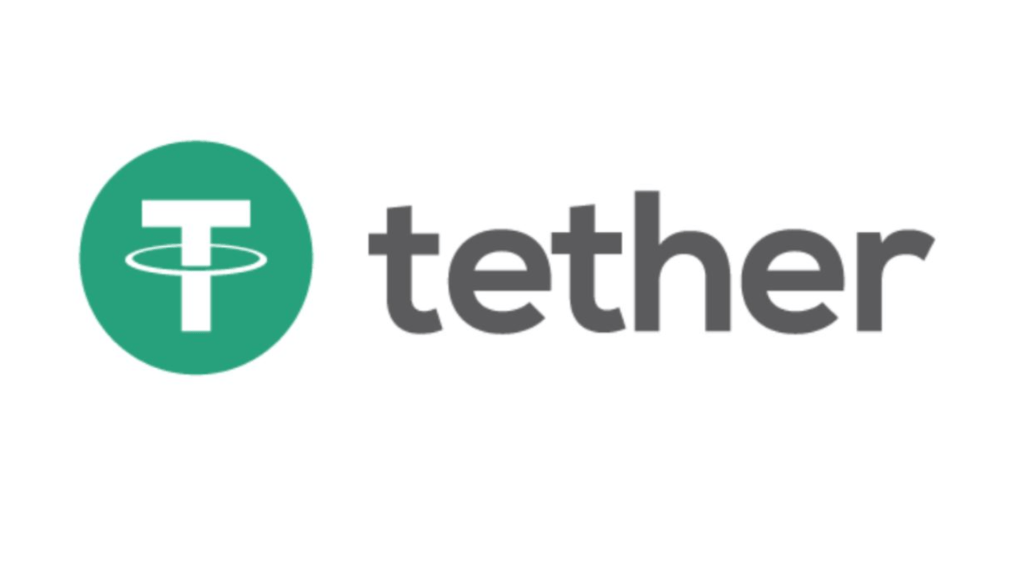
Along with being backed by fiat currencies kept in reserve, Tether is also pegged to the USD. These two factors are implemented as a measure to combat the volatility that most cryptocurrencies experience.
Stellar Lumens
Stellar is another interesting cryptocurrency and another promising altcoin 2021. Stellar is a decentralized payment protocol that allows for payments and transactions across borders. The protocol is open source, and it supports transactions between any pair of currencies. The native currency for Stellar are Stellar Lumens (XLM), and this currency powers the network.

The Stellar Consensus Protocol functions in that transactions are added to a public and distributed ledger accessible from anywhere in the world. One thing that separates this system from the likes of Ethereum and Bitcoin is its relatively unique consensus method. Specifically, it is able to reach consensus without having to rely on a closed system, instead using a “federated Byzantine agreement system”.
Due to this method, transactions can occur in a fast and cheap manner. The nodes in the network essentially choose a mini-network of other, trusted nodes that agrees on the transaction. The community refers to these “mini-networks”, or network subsets as quorum slices, and as long as they agree on the transaction, the whole Stellar network is in consensus. Since the nodes utilize network subsets, transactions can be verified and added to the network’s ledger in a short amount of time.
Chainlink
Another altcoin that we are taking a closer look at is Chainlink (LINK). Chainlink is a decentralized system that, through nodes, provides non-blockchain sources to blockchain contracts via oracles. In fact, Chainlink boasts of being the most widely-used oracle network for powering universally interconnected smart contracts. This means that Chainlink provides data from “the real world” for smart contracts on a blockchain. Chainlink’s LINK cryptocurrency underpins the wider Chainlink network.
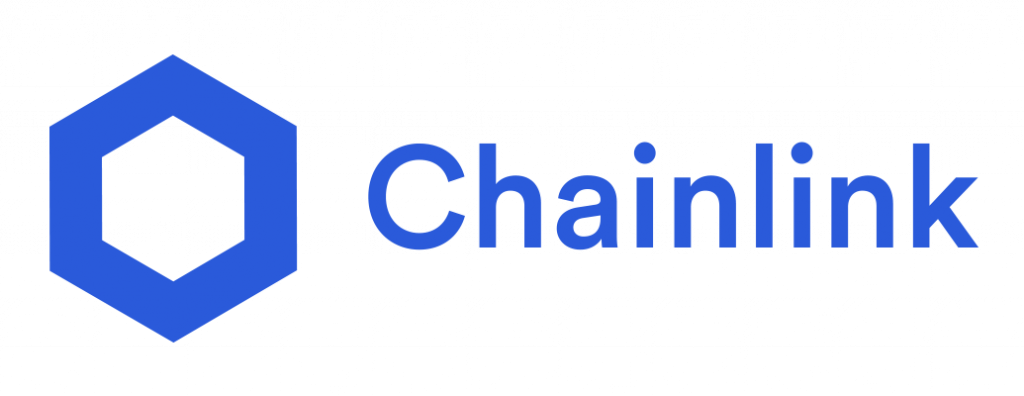
Chainlink has a relatively small market capitalization in comparison with Bitcoin. However, the development of the currency’s value has increased by a massive amount since April, 2020. One of the reasons that the coin has increased this much is because it offers a unique service. Connecting real-world data to smart contracts is a point of difference compared to the other major players on the crypto market.
Litecoin
The last coin that we are taking a look at is Litecoin. Litecoin is a decentralized cryptocurrency that enables people to make instant transactions for a relatively small fee.

The Litecoin network is global and open-source project, and is subsequently not controlled by any government or entity – like the vast majority of cryptocurrencies. The blockchain that Litecoin is running on has a more frequent block generation which means that it can support more and quicker transactions than Bitcoin.
Conclusions on Altcoins in 2021
Bitcoin is currently at an all-time high, as it is trading north of $41,000. However, the crypto market as a whole is booming, and we are seeing altcoins reaching incredible numbers as well. For example, in recent weeks, we saw the value of Ethereum 2021 start mooning towards the previous Ethereum all-time high achieved in 2018.
For anyone wondering “what are altcoins”, one first needs to keep in mind that there are several different altcoins in 2021. Depending on what your reason is for buying, there are different altcoin alternatives that might be right for you. Nevertheless, the current choice of altcoins range from less volatile currencies, such as stablecoins, to altcoins that can provide other benefits such as utility tokens.
As Bitcoin is the biggest cryptocurrency out there, it brings some form of security to the buyers. There is less risk for hacks and exit scams which can be a problem for smaller altcoins in 2021. Therefore, before buying an altcoin, make sure to do the right research to ensure that the investment is safe. However, the coins mentioned above, like Ethereum and XRP, are well-established on the market, indicating a safer currency.
Finally, with the market booming and some of the biggest altcoins reaching all-time highs, now is the time to learn more about what crypto is and the technology behind these virtual currencies. For more information on Bitcoin, altcoins, and blockchain, make sure to visit the number one blockchain education platform Ivan on Tech Academy. The academy offers a selection of great blockchain coursesfor any aspiring crypto enthusiast.
